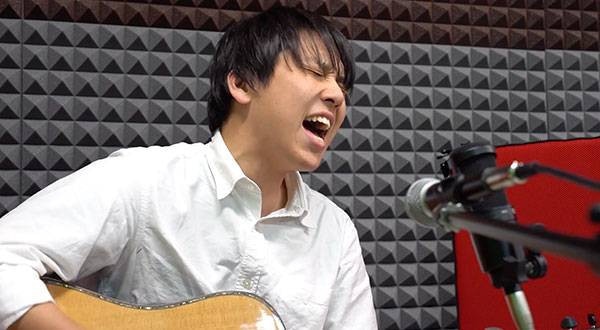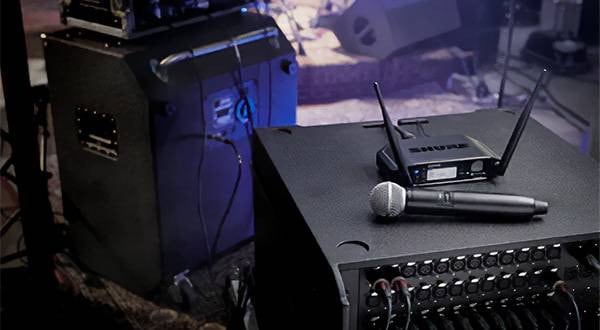
Many people enjoy singing, whether as a band vocalist, at karaoke, or for YouTube videos. Practicing daily will improve your voice and help you sing better. However, mastering vocal techniques is essential to take your singing to the next level. Here, we have compiled various vocal techniques to enhance your expressiveness.
■ Easy Vocal Techniques
Here are five relatively simple vocal techniques you can try:
Vibrato
Vibrato is a technique where you fluctuate the pitch of your voice at a steady rate. It is one of the most well-known vocal techniques. Different singers use different vibrato styles, such as Hikaru Utada’s subtle vibrato or Hibari Misora’s larger pitch fluctuations.
Some people naturally produce vibrato, but if you want to control it intentionally, there are three main methods: Using the throat, using the jaw, and using the diaphragm.
Using the throat - Move your throat (Adam’s apple for men) up and down to change pitch. This allows for easy control of vibrato intensity. It is recommended because it allows easy control over the depth of vibrato.
Using the jaw - Moving your jaw while sustaining a note can create vibrato, similar to repeating “ah-ah-ah” quickly.
Using the diaphragm - This produces the most stable and natural vibrato. By practicing diaphragmatic breathing and controlling your abdominal movement, you can develop a smooth vibrato. Lying on your back while practicing can help you feel the diaphragm’s movement.
Scooping
This technique involves sliding up to the target pitch from a slightly lower note. It adds depth to your singing and is often used in karaoke scoring systems to increase your score. It adds depth to expression and is relatively easy to use, making it highly recommended.
However, excessive use can make your singing sound overdone, so it’s best to use it strategically—such as at the beginning of a phrase or in climactic moments.
Fall
The opposite of scooping, this technique involves dropping the pitch at the end of a note. Singer aiko frequently uses this technique. It can create a melancholic or unstable feel when used at the end of a phrase. Combining scooping and falling techniques adds expressiveness and dynamic contrast to a song.
Long Tone
As the name suggests, this technique involves holding a note for an extended duration (typically over 5 seconds). It is often used at the end of choruses. To execute a strong long tone, avoid releasing too much breath. Instead, maintain control by keeping the breath in your abdomen while projecting a powerful sound. Since long tones are often used at the end of phrases, ensure you don’t exhaust your breath beforehand.
Edge Voice (Vocal Fry)
When you gradually close your vocal cords while sustaining a note, your voice transitions into a raspy, creaky tone. This effect is called edge voice or vocal fry, and it is frequently used by singer Lilas Ikuta.
Adding a slight amount of edge voice at the beginning of a phrase enhances emotional depth. It is typically applied to vowel sounds (a, e, i, o, u).
■ Changing Vocal Tone
Aside from specific techniques, modifying your vocal tone can greatly impact your singing style. Here are some key vocal types to experiment with:
Falsetto
Falsetto is a high-pitched, breathy voice. A common technique is to switch between falsetto and chest voice within a phrase, creating a stylish and expressive effect. Adding vibrato to falsetto makes it sound even more polished. Since falsetto requires more breath control than chest voice, training your breath support is essential. Singing an entire song in falsetto can be a great way to improve your control.
Mixed Voice
A mixed voice blends falsetto and chest voice. It resonates in the nasal cavity while keeping the throat open. Mastering this technique allows you to sing high notes with the power of chest voice and the ease of falsetto. However, achieving a true mixed voice can be challenging. If you can sing high notes effortlessly with a chest-like tone, you’re on the right track. Try this out!
Whisper Voice
A whisper voice is a soft, breathy vocal tone. Artists like Billie Eilish and Chara frequently use this technique. A whispery, airy vocal quality adds fragility and emotion to a song.
■ Additional Vocal Techniques
Here are more vocal techniques that can add style to your singing:
Shouting
Shouting is a common technique in rock music. You can scream using your chest voice, but be careful not to strain your throat. A safer method is to tighten your throat slightly while using falsetto, creating a distorted effect.
Fake (Melodic Improvisation)
This technique involves modifying the melody by adding embellishments, syncopations, or rhythmic variations. It adds originality to your singing but should be used in moderation to avoid straying too far from the original melody.
■ Enhance Your Singing with Vocal Techniques!
Mastering vocal techniques can immediately improve your singing. Try experimenting with different techniques and enjoy expressing yourself through music!
The “sound & person” column is made up of contributions from you.
For details about contributing, click here.

















 MXLマイク購入ガイド
MXLマイク購入ガイド
 ミュージックビデオ撮影テクニック!
ミュージックビデオ撮影テクニック!
 コンデンサーマイクとは
コンデンサーマイクとは
 AKG マイク特集
AKG マイク特集
 ワンランク上のボーカルマイク選び
ワンランク上のボーカルマイク選び
 虎の巻 カラオケ初心者講座
虎の巻 カラオケ初心者講座















